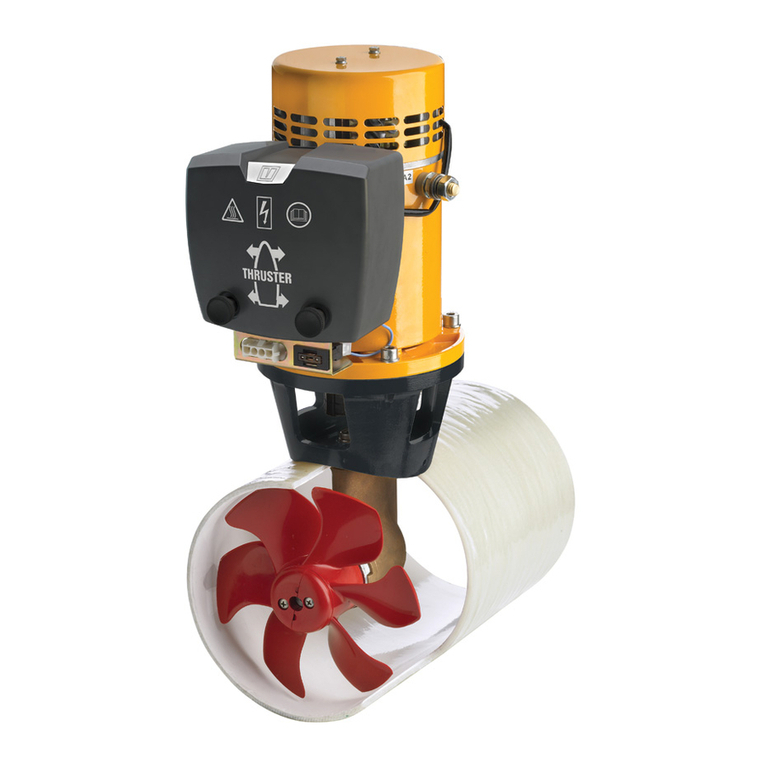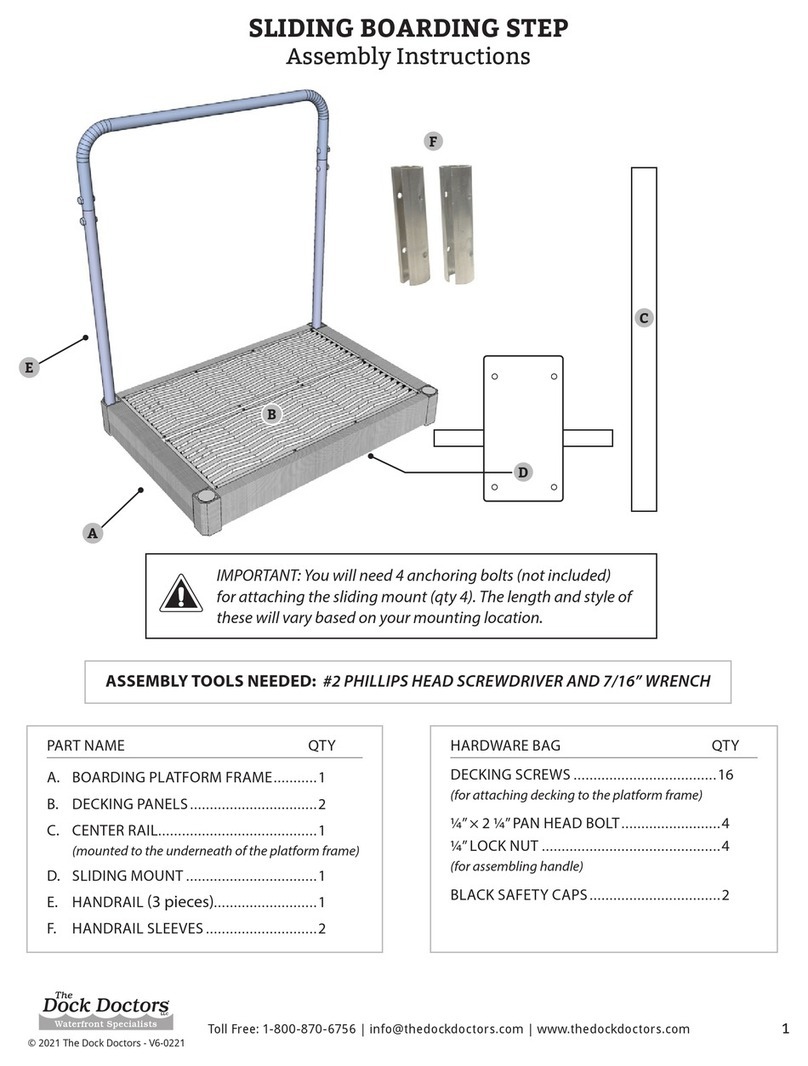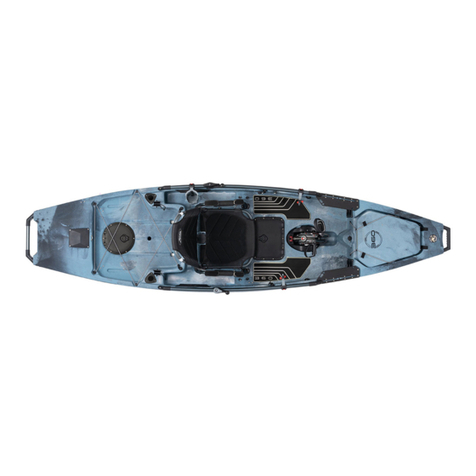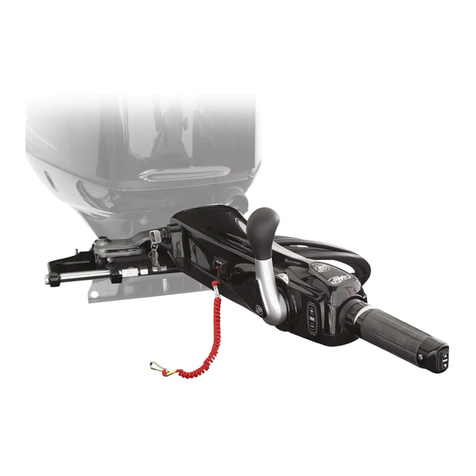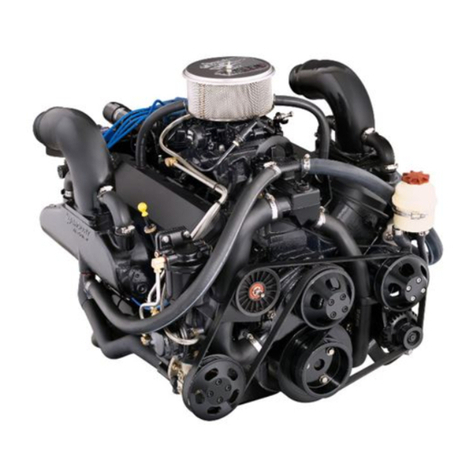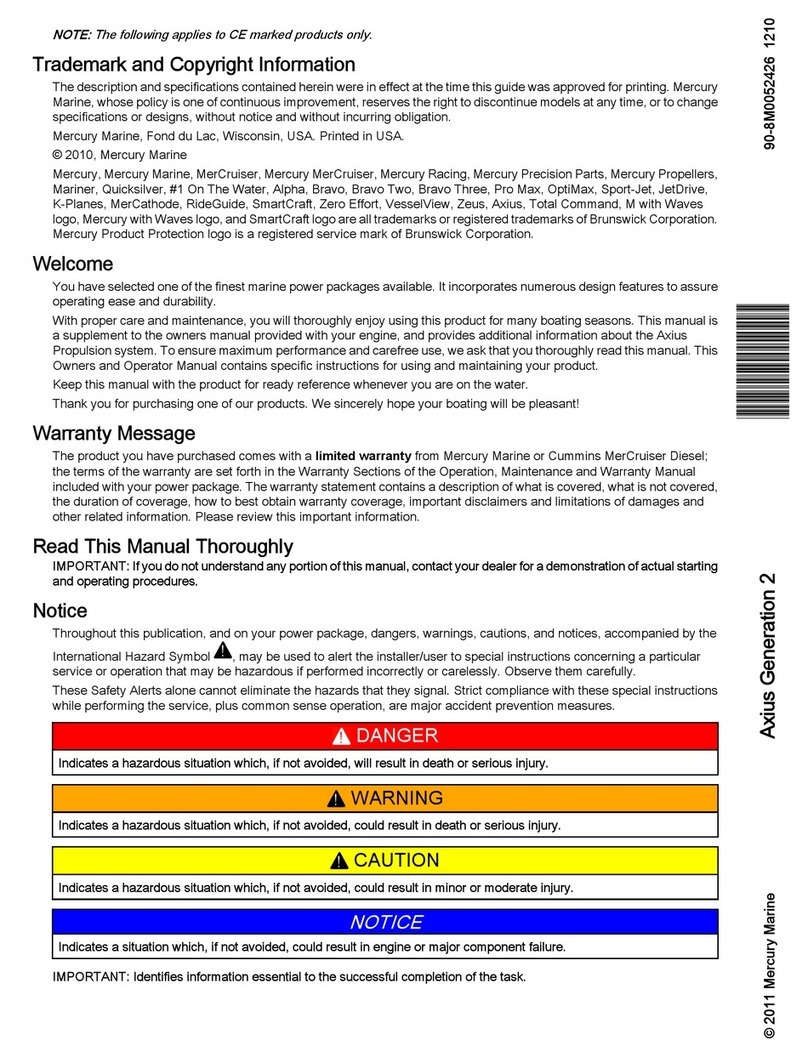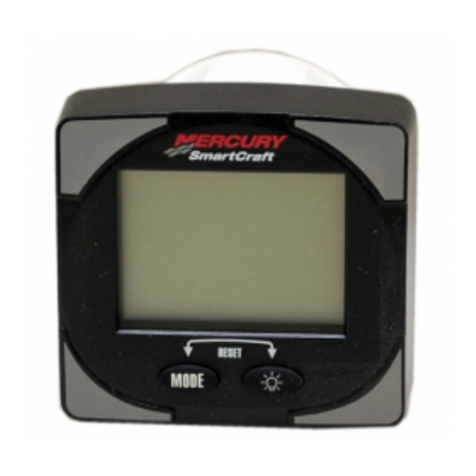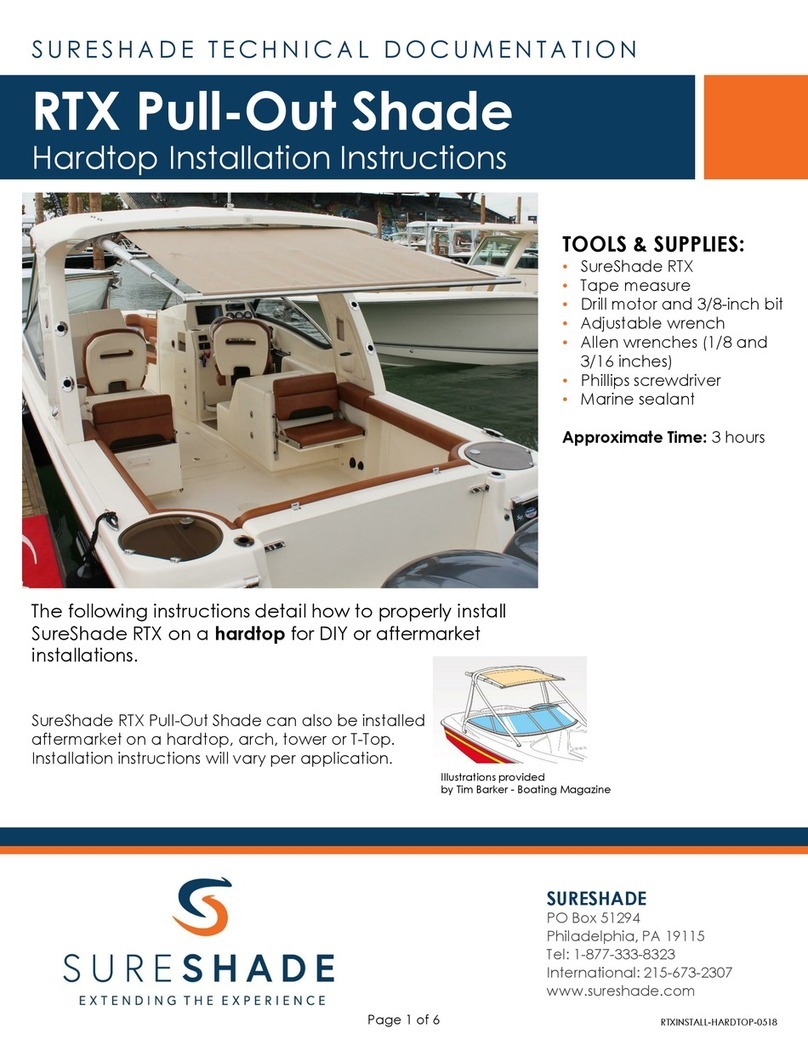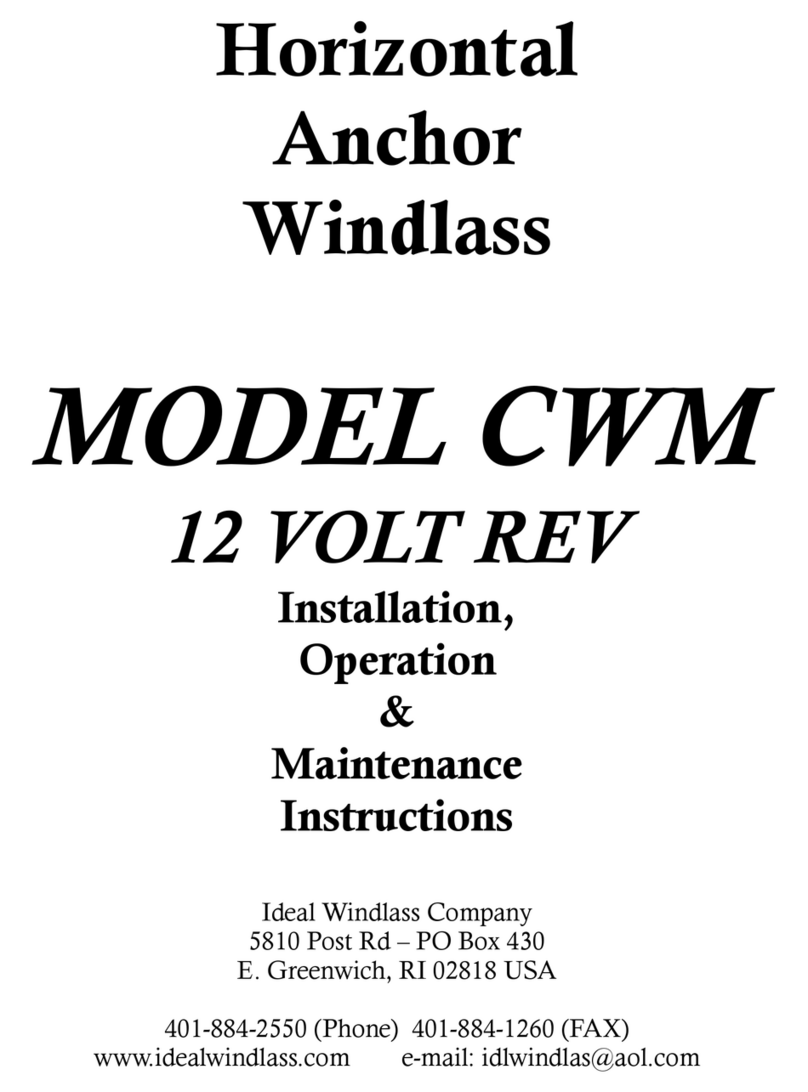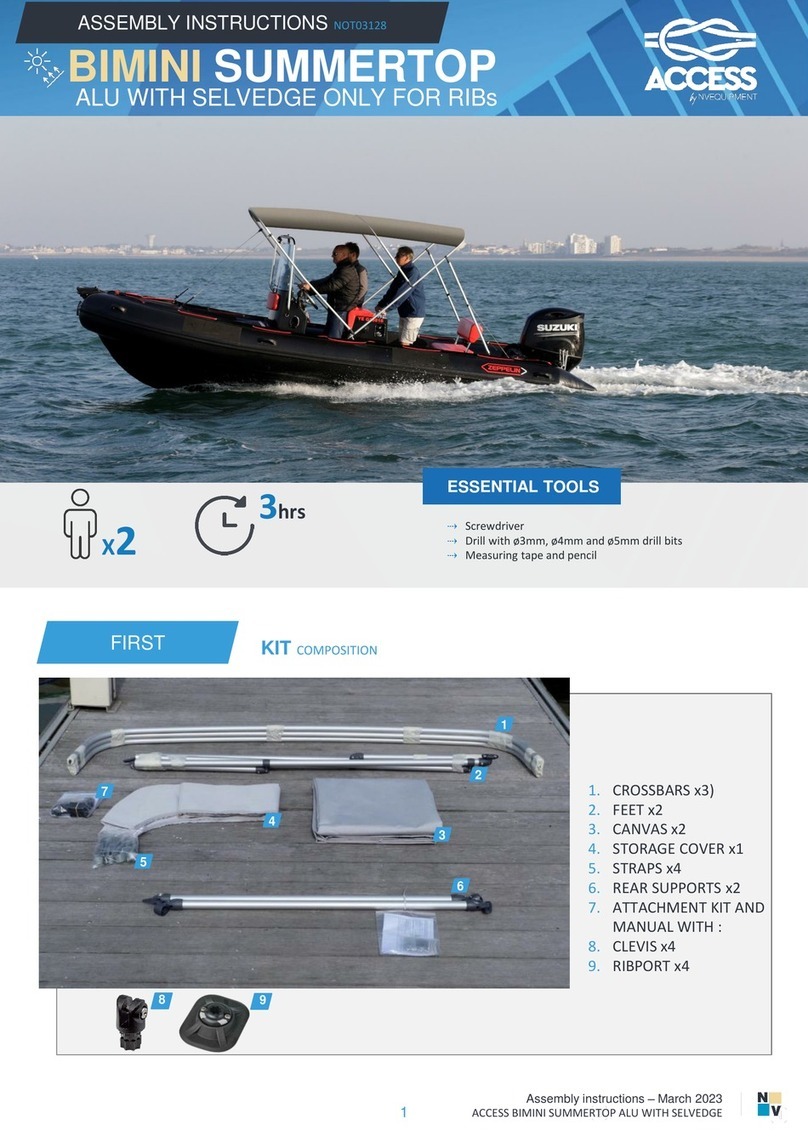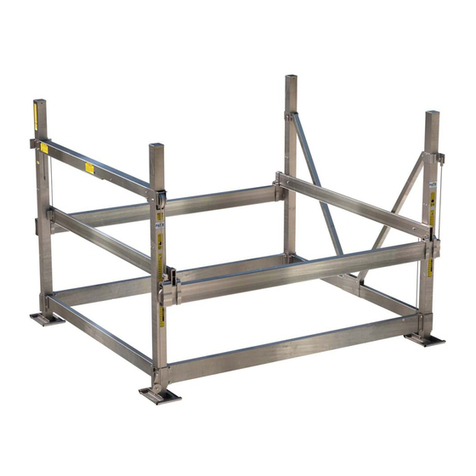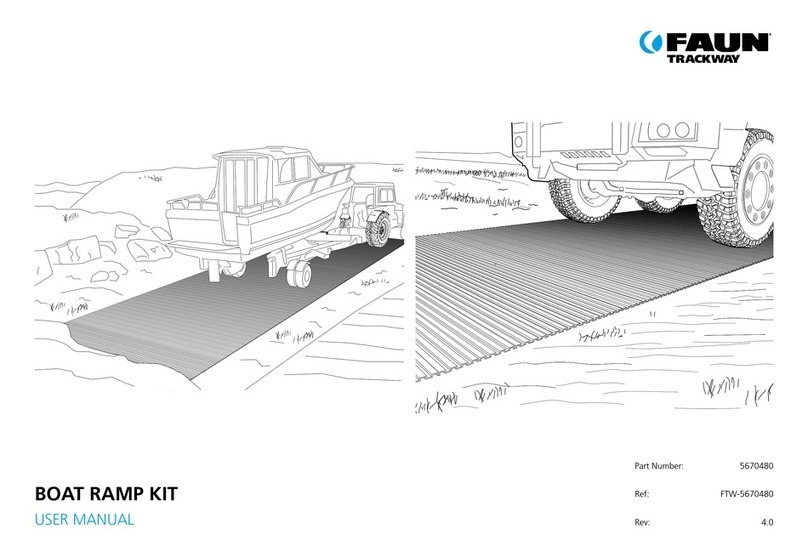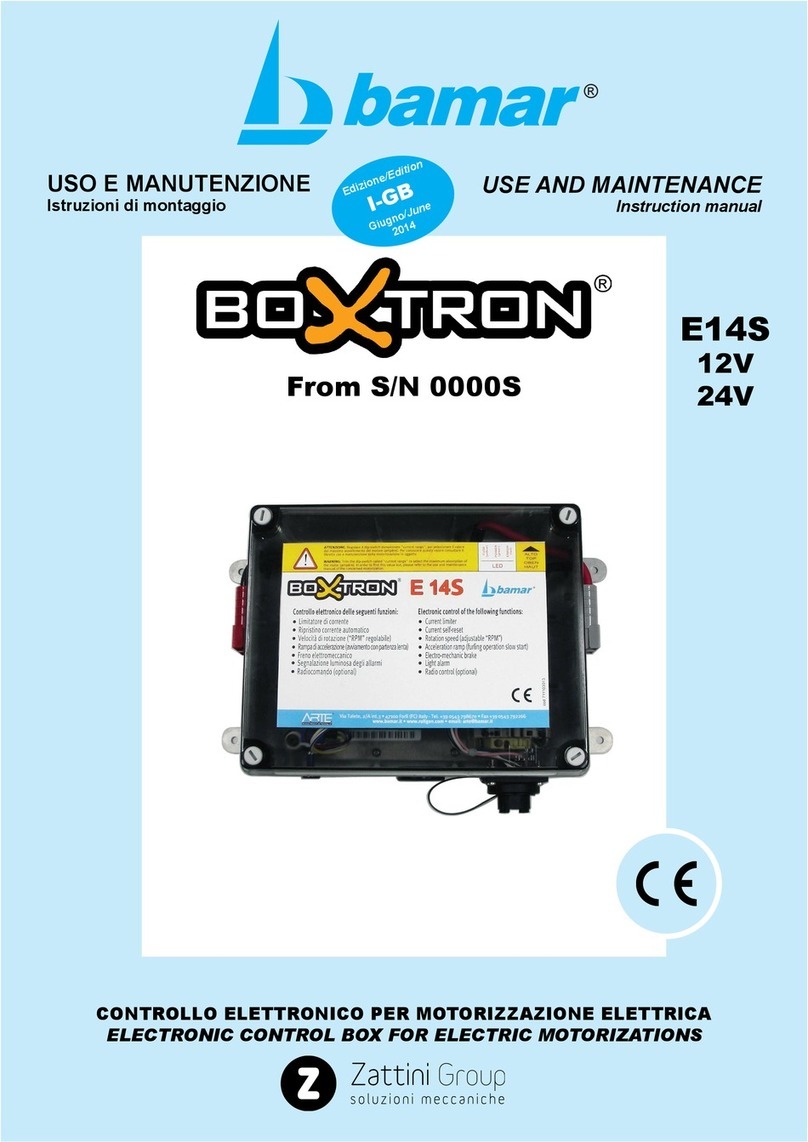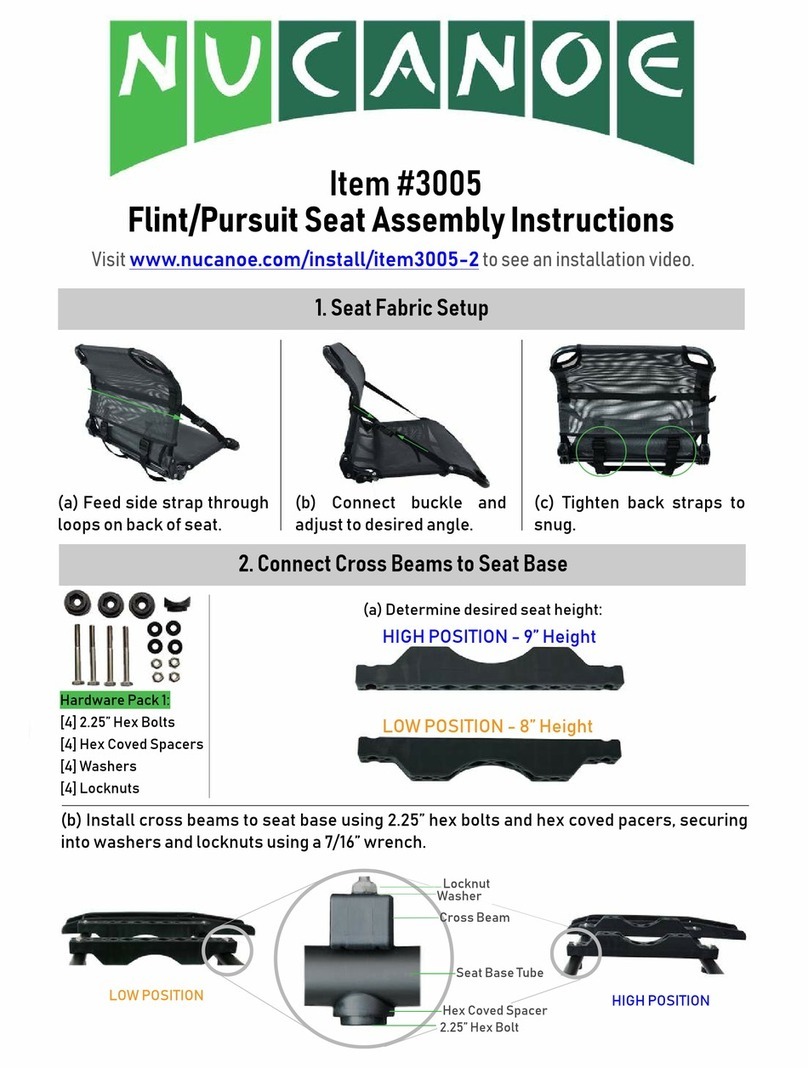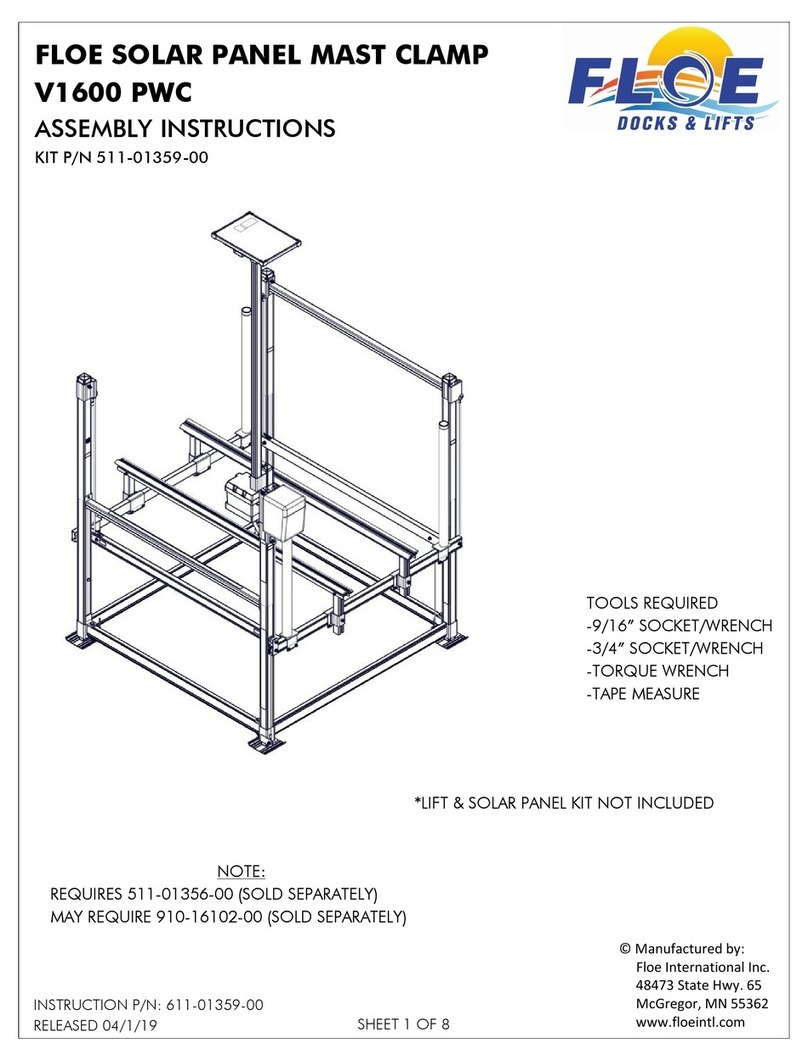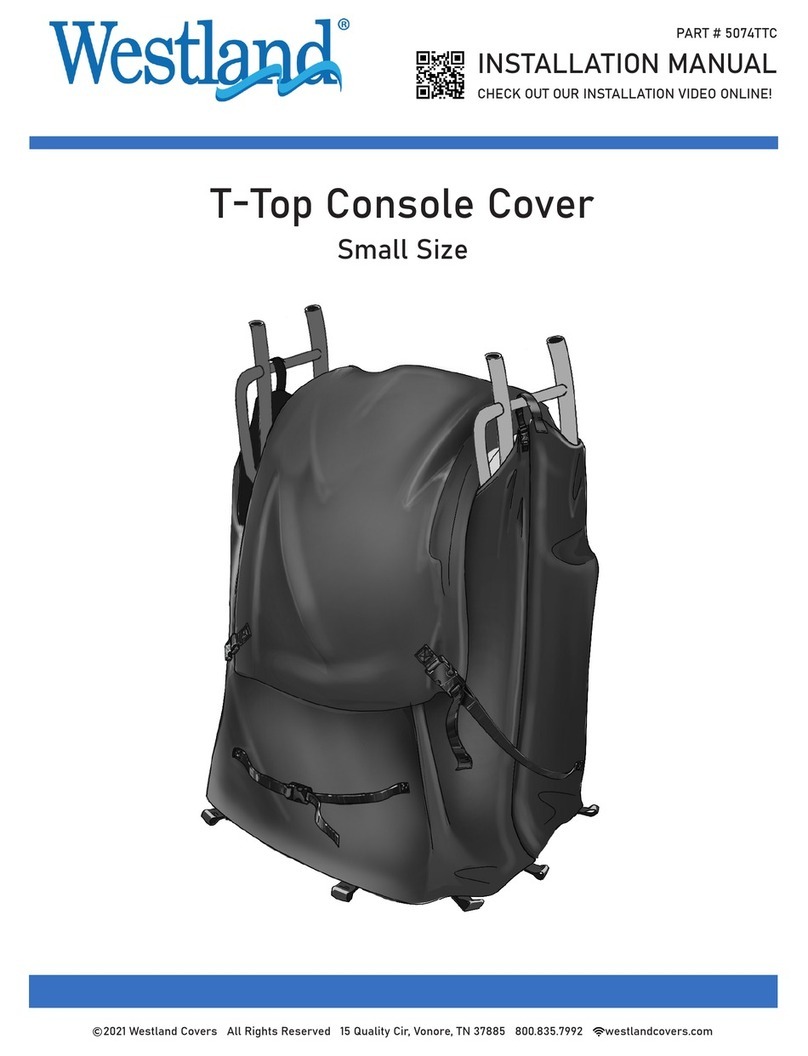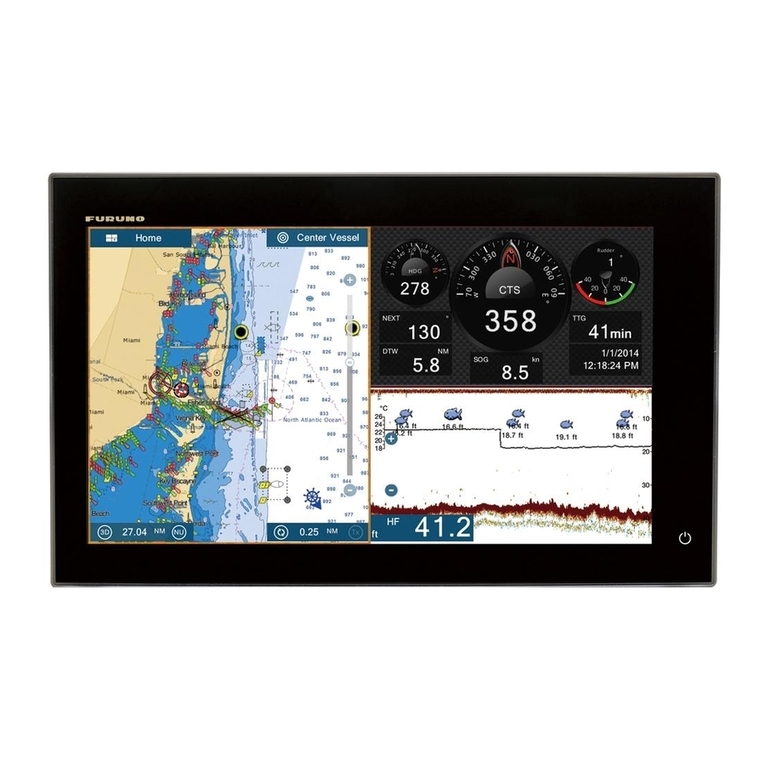
CMD-4082082 / 90-8M0052072 eng FEBRUARY 2011 Page i
TABLE OF CONTENTS
Section 1 - Getting to Know the Axius System
Features and Controls...............................................................2
Audio Warning System.......................................................2
VesselView.........................................................................2
Instrumentation...................................................................2
Propulsion Personality ...................................................2
VesselView (If Equipped)...............................................3
SC1000 and SC100 Digital Gauges (If Equipped).........3
SmartCraft SC100 System Link Digital Gauges (If
Equipped).......................................................................3
System Link Digital Gauges (If Equipped)......................4
Switches.............................................................................4
Emergency Stop (E‑Stop) Switch.......................................5
Lanyard Stop Switch...........................................................6
Digital Throttle and Shift.....................................................7
Electronic Helm Steering....................................................7
Dual‑Handle Electronic Remote Control (ERC)—Operation
and Adjustment...................................................................7
Operation........................................................................7
Adjustment......................................................................7
Dual Handle Yacht Console Control—Operation and
Adjustment..........................................................................8
Operation........................................................................8
Adjustment......................................................................8
Optional SportFish Electronic Remote Control (ERC)—
Operation and Adjustment..................................................9
Operation........................................................................9
Adjustment......................................................................9
Joystick—Basic Operation................................................12
Operating With an Auxiliary Joystick (If Equipped)...........12
Axius Premier (If Equipped)..............................................12
Section 2 - On the Water
Avoiding Low‑Voltage Conditions............................................16
Getting Started.........................................................................16
Traditional Maneuvering with Steering and Thrust...........16
To Maneuver the Boat in Forward or Reverse.............16
To Steer the Boat in Tight Turns at Low Speeds..........16
To Spin the Boat at Low Speeds..................................16
Maneuvering After Engine or Module Failure...................16
Maneuvering with the Joystick..........................................17
Special Digital Throttle and Shift (DTS) Features.............18
Troll...............................................................................19
Transfer........................................................................19
Dock.............................................................................19
Throttle Only.................................................................20
1 (Single) Lever............................................................21
Sync..............................................................................21
Helm Transfer—Standard Stations..........................................22
Helm Transfer...................................................................22
Requesting Helm Transfer................................................22
Helm Transfer and Precision Pilot....................................23
Helm Transfer—Auxiliary Joystick Stations.............................23
Auxiliary Joystick Station Transfer....................................23
Requesting Transfer to an Auxiliary Joystick Station........23
Requesting Transfer from an Auxiliary Joystick Station...23
Operating Axius Premier (If Equipped)....................................24
Chartplotter Requirements................................................24
Features............................................................................24
Autopilot Screen...............................................................24
Trackpad...........................................................................25
Trackpad Lights................................................................25
Trackpad Buttons with the Power Icon.............................25
Precision Pilot Modes.......................................................26
Skyhook Station Keeping (If Equipped)............................26
Auto Heading....................................................................27
Engaging Auto Heading................................................27
Course Adjustment Using the Turn Buttons or Joystick28
To Resume a Heading .................................................29
Disengaging Auto Heading...........................................30
Track Waypoint.................................................................31
Engaging Track Waypoint Mode..................................32
Disengaging Track Waypoint Mode..............................33
Turn Buttons in Track Waypoint Mode.........................34
Auto Heading Button in Track Waypoint Mode ............34
Acknowledging a Turn During a Waypoint Arrival........34
Waypoint Sequence.....................................................35
Cruise Control...................................................................37
Contingent Operations.............................................................38
Port Engine–Only Operation.............................................38
Axius Shift Override—Emergency Procedure...................38
Transporting an Axius Boat......................................................39
Section 3 - Troubleshooting
Diagnosing Electronically Controlled Fuel System Problems..42
Electrical Connections.............................................................42
Troubleshooting Engine Related Problems.............................42
Check VesselView First...........................................................42
VesselView Malfunction Fault Code List..................................42
Diagnosing DTS Problems.......................................................43
Engine Guardian System.........................................................43
Troubleshooting Charts............................................................44
Standard Helm Joystick....................................................44
Auxiliary Joystick Station (If Equipped) ............................44
Electronic Remote Controls..............................................45
Steering System...............................................................46
Trackpad Features............................................................46
Auto Pilot..........................................................................46

